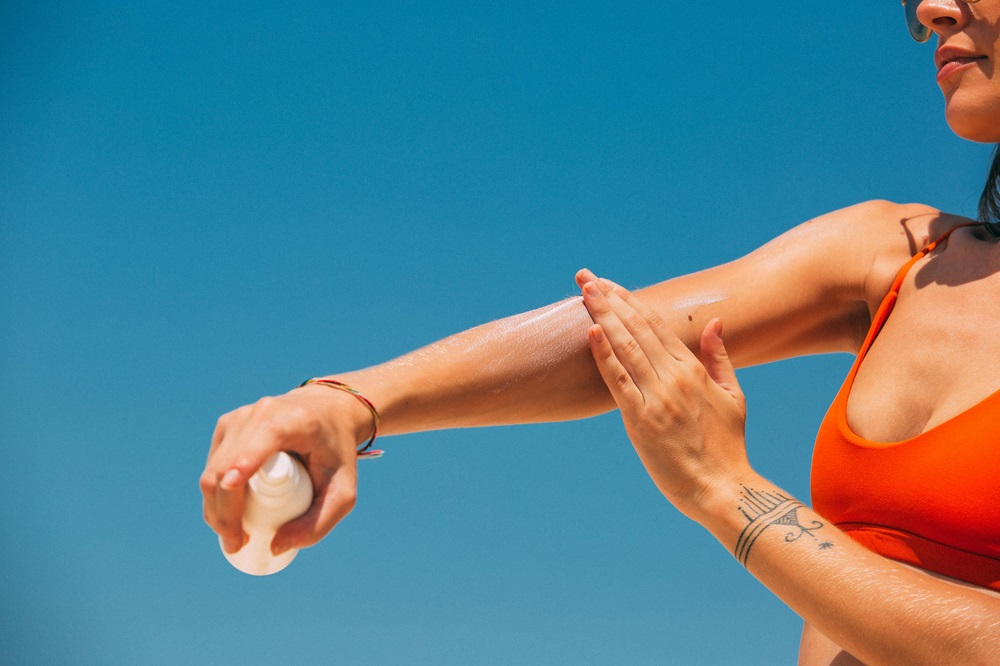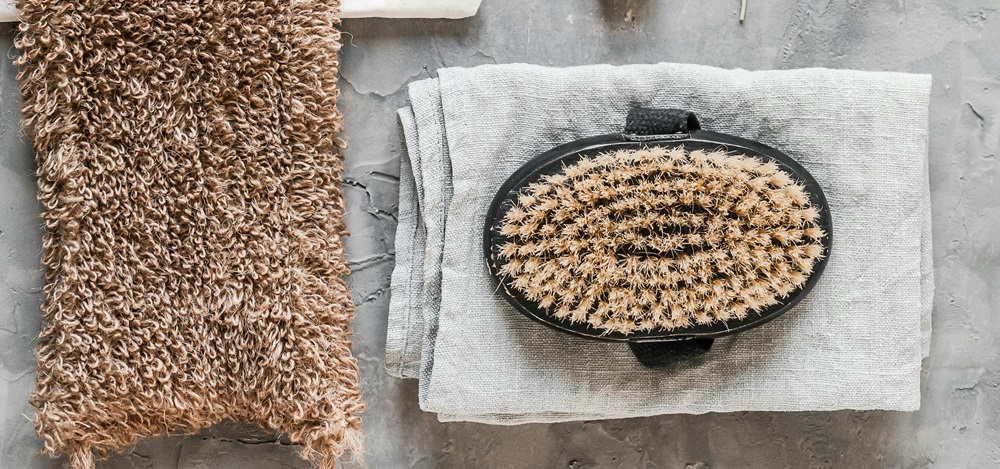We all want glowing skin and overall well-being, especially with summer upon us. What if there were a technique that not only provided surface benefits but also contributed to deeper, holistic well-being? This is exactly why dry brushing has gained popularity.
What is Dry Brushing
Dry brushing is an ancient ayurvedic technique that involves using a natural bristle or dry brush to stimulate circulation and lymphatic flow, while also exfoliating the skin. And while the practice has multiple benefits, overdoing it will do more harm than good.

Dry Brushing Technique
- Begin with dry skin, preferably before bathing or showering. It’s called dry brushing for a reason, right?
- Start at your feet and gently brush upwards towards your heart in long, sweeping motions.
- Continue brushing each area of your body, paying attention to areas with rough skin or cellulite.
- Avoid brushing over sensitive areas, such as inner thighs or breasts, or broken skin, and always use gentle pressure.
- Finish with a cool shower to rinse away any dead skin cells and impurities.
While health bloggers (and Tik Tokers) may swear by dry brushing daily, you really should not.
The Problem With Daily Dry Brushing
Dry brushing a mechanical exfoliation technique, meaning that you physically remove dead skin cells. There’s no question that built-up dry skin cells can make skin appear dull, dry and rough. After dry brushing, skin immediately feels smooth and fresh.
When you dry brush, the bristles immediately help shed any lingering dead skin cells. This process helps remove buildup and increase cell turnover, revealing smoother skin texture and a more radiant skin tone.
However, frequent exfoliation with a dry brush can also temporarily disrupt your skin barrier—the protective barrier made of skin cells (keratinocytes) and protein (keratin). Your skin barrier helps hold water to your skin, so dry brushing can be naturally drying.
Ayurvedic practitioners dry brush with raw silk gloves—called garshana (“friction by rubbing”)—as a lymphatic massage and exfoliation treatment. Yet, it is worth remembering that no solid research proves dry brushing’s potential lymphatic benefits have detoxifying abilities. What’s more, a lot of dry brushes that are widely available, aren’t made with silk, and have a harsher and less beneficial effect on the skin.
And again, no research proves dry brushing can help clear built-up lymphatic fluid. There is also no evidence that improving lymphatic drainage with dry brushing can detoxify the body.
So, how frequently should you dry brush?
Dermatology professionals recommend doing it not more than 1-2 times per week, just like with any other physical exfoliation (scrubs etc). It is best done in the morning, since dry brushing does give a rejuvenating and toning feeling, so some people find it hard to fall asleep afterwards – so avoid doing it before bedtime.
What’s your favorite skin care practice? Tell is in comments and please share this article on social media so more people learn about our new blog.

Be First to Comment